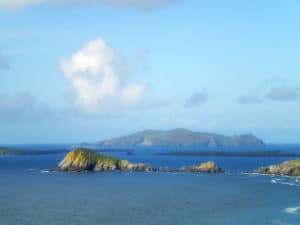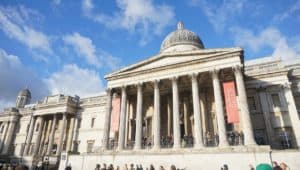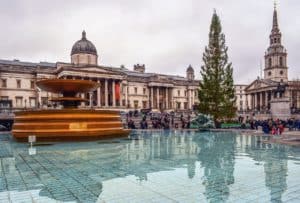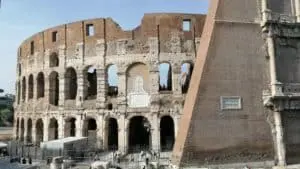Irish Mythology: Heroes and Their Tales
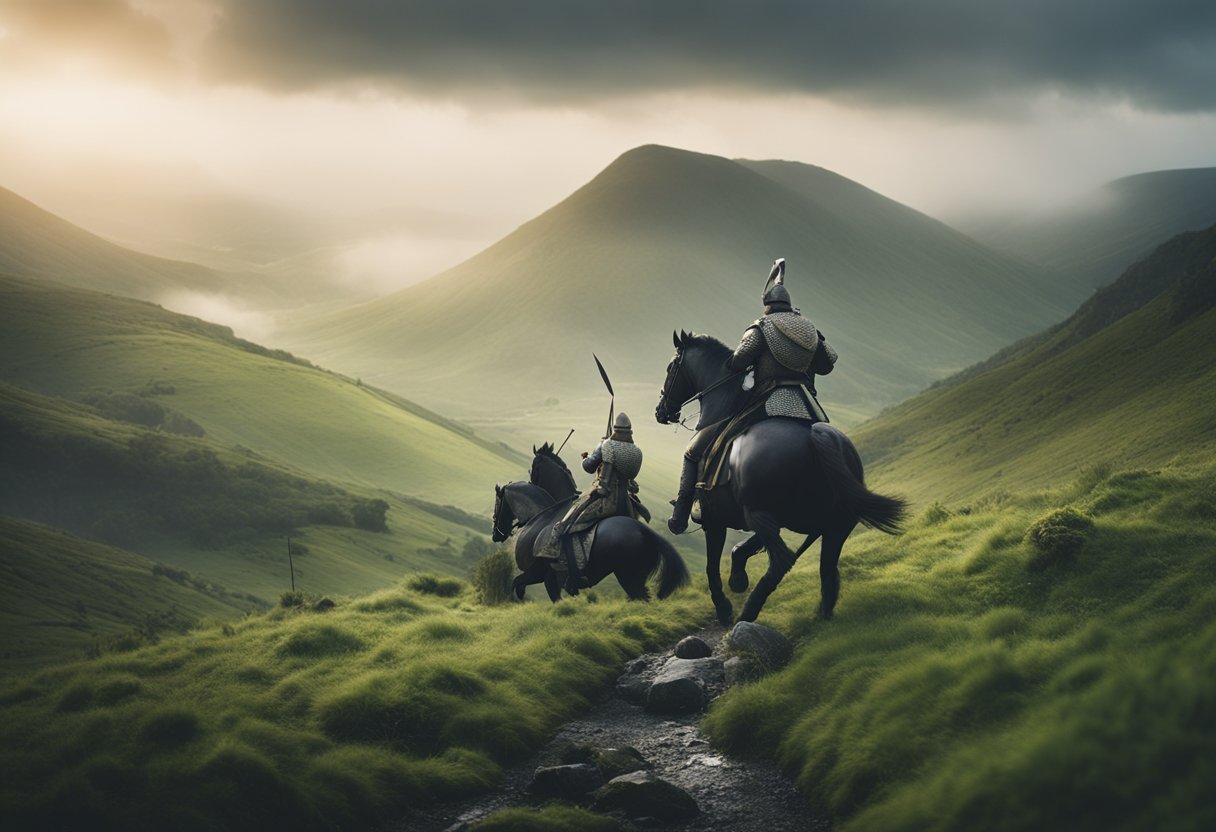
Updated On: April 24, 2024 by Eman Sameh
Irish mythology brims with tales of mighty heroes and ethereal beings that have left an indelible mark on Ireland’s cultural landscape. These tales, passed down through generations, tell of incredible feats, mystical creatures, and gods that walked the land. The mythology of Ireland is a rich tapestry that is woven into the very fabric of its fields, mountains, and ancient sites, offering us a glimpse into a world where the lines between the physical and the supernatural are ineffably blurred.

Within this mythological pantheon, legendary figures such as Fionn Mac Cumhaill and Cú Chulainn stand as towering exemplars of strength, wisdom, and valour. Alongside them, a host of other characters populate the storied green landscape of Ireland, each one contributing to the intricate mosaic that forms the country’s mythological heritage. The stories of these heroes not only entertain but also embody the underlying values and cultural nuances that have shaped Irish identity over the centuries. The survival and revival of these tales speak to their enduring resonance in shedding light on the human condition and the spiritual heritage of the Emerald Isle.
Origins of Irish Mythology
Traversing through the tapestry of Irish mythology, we encounter a complex narrative structure divided into various cycles, each offering a unique insight into the beliefs and tales of ancient Ireland.
Mythological Cycle
At the heart of Irish lore is the Mythological Cycle, also known as the Lebor Gabála Érenn or the Book of Invasions. This cycle delves into the mystical arrival of deities and supernatural beings such as the Tuatha Dé Danann, marking the inception of Irish civilisation and culture. The texts within this cycle are preserved in medieval manuscripts like the Book of Leinster.
Historical Cycle
Following the mythical is the Historical Cycle, also termed as the Cycles of the Kings. Here, we find semi-historical and legendary narratives intermingling, recounting the lives and reigns of past rulers. Notably, this cycle often blurs lines between myth and history, creating a rich overlay of heroic deeds and ancestral legacy.
Fenian Cycle
Diving into the Fenian Cycle, we encounter tales mainly revolving around the legendary hero Fionn mac Cumhaill and his band of warriors, the Fianna. Renowned for their dauntless exploits, the tales of the Fianna symbolise bravery, loyalty, and the eternal bond among warriors. These narratives continue to be celebrated in Irish culture and beyond.
Ulster Cycle
Lastly, the Ulster Cycle emerges as one of the most famous collections, featuring stories set around the reign of King Conchobar mac Nessa in Ulster. This cycle hosts the eminent Táin Bó Cúailnge (The Cattle Raid of Cooley) and introduces us to the iconic hero Cú Chulainn, exemplifying courage and martial prowess.
By exploring each cycle, we gain a profound appreciation of Ireland’s ancestral legacy. The preservation of these cycles in works like the Book of Leinster provides us with invaluable windows into the past.
Pantheon of Irish Gods and Goddesses
Within the rich tapestry of Irish mythology, a host of divine beings reign supreme. From the noble Tuatha Dé Danann to the antagonistic Fomorians, each has left an indelible mark on the ancient tales of Ireland.
Tuatha Dé Danann
Tuatha Dé Danann, literally translating to “the folk of the goddess Danu,” constitute a central group of Irish deities renowned for their prowess and mystical abilities. As key figures in Irish lore, they’re typified by the likes of The Dagda, the bountiful god-figure associated with fertility and agriculture, and The Morrígan, symbolising war and fate. Other prominent members include Lugh, the multi-talented deity of the sun; Manannán mac Lir, the protector of the Otherworld; and Aengus, a symbol of love and youthful vigour. The craftsmanship of the Tuatha Dé Danann is epitomised by gods like Goibniu, the smith, and Dian Cecht, the healer, both showcasing the nuanced skills attributed to these beings.
- The Dagda: Fertility, agriculture, strength
- The Morrigan: War, fate, sovereignty
- Lugh: Sun, skills, arts
- Aengus: Love, youth, poetic inspiration
- Goibniu: Smithing, craftsmanship
- Dian Cecht: Healing, medicine
Fomorians
Opposing the Tuatha Dé Danann were the Fomorians, often depicted as monstrous figures ruling over chaos and wild nature. Their ranks boasted formidable members such as Balor, the giant with a deadly eye, whose narratives underscore the perennially adversarial relationship between the two groups. While less detailed than their counterparts, the Fomorians represent an integral aspect of the cosmic balance within Irish mythology.
- Balor: Malevolence, destructive power
- Intertwined with the stature of Danu/Anu, said to embody the earth itself, these groups of deities weave a complex picture of Irish godhood in which creation balances destruction and order contends with chaos.
Other Deities
The other deities continue to shape the celestial hierarchy and play their roles within this divine saga. Ogma, a deity of eloquence and language, is celebrated for inventing the Ogham script, while Bodb Derg is often hailed as their king after the mythical battles documented in the Irish sagas.
- Ogma: Language, eloquence, writing
- Bodb Derg: Kingship, wisdom
In summation, the pantheon of Irish gods and goddesses, with its varied and vibrant mythological figures, reflects the riddles and rhythms of ancient Irish civilisation, encapsulating its fears, values, and aspirations.
Legendary Heroes and Key Figures
In the tapestry of Irish mythology, certain characters and their sagas shine brightly, weaving a rich narrative of bravery and leadership. These figures, both human and divine, have shaped the myths and stories handed down through generations.
Warriors of the Fianna
The Fianna were legendary warrior bands reputed for their heroic deeds and loyalty to their leaders, such as Fionn mac Cumhaill (also known as Finn MacCool). They epitomised strength and valour, with stories of their conflicts and camaraderie still resonating in Irish lore. The Fianna held high esteem as protectors of the High King, undergoing rigorous tests to gain entry into their ranks.
Cú Chulainn and His Exploits
Perhaps the most formidable of all Irish heroes is Cú Chulainn. His feats are legendary, most notably in the epic tale Táin Bó Cúailnge (The Cattle Raid of Cooley), where his solo stand against the invading armies of Queen Medb is immortalised. This demigod’s martial prowess and tragic destiny are central to Ulster mythology. His training under warrior woman Scáthach and the horrific warp spasm transformation during battle are iconic elements of his mythology.
The High Kings
The title of High King of Ireland symbolises sovereignty and the mystique of ancient Irish kingship. These potentates, like the celebrated King Brian Boru, were not just rulers but embodiments of the land’s prosperity and unity. They frequently appear in lore, interwoven with other mythological figures and defining moments in mythical history. It is said that the heroic deeds and decisions of these kings left indelible marks upon the cultural memory of Ireland.
The sagas of these exceptional figures—warriors, heroes, and kings—capture the essence of Irish heritage and continue to inspire through the ages. Their stories do far more than entertain; they connect us to a past where the lines between the mortal world and the enchanted realm of leprechauns and other mystical creatures were entwined.
Pivotal Myths and Tales
In exploring the rich tapestry of Irish mythology, tales such as the Táin Bó Cúailnge (Cattle Raid of Cooley), the Children of Lir, and The Pursuit of Diarmuid and Gráinne stand out for their profound impact on Ireland ‘ss cultural narrative. These stories convey a world where heroism intertwines with magic and the supernatural, each tale offering a glimpse into ancient Irish traditions and values.
Cattle Raid of Cooley
Commonly known as Táin Bó Cúailnge, the Cattle Raid of Cooley remains a central saga in early Irish literature. This pivotal tale narrates the strife sparked by Queen Medb of Connacht’s quest to steal the prized brown bull of Cooley, leading to an epic conflict that pits the teenage hero Cúchulainn against invading armies. Embodied within this narrative is a rich fusion of valour, sovereignty, and myth that captures the imaginations of readers even today.
Children of Lir
A poignant story that embodies both magic and tragedy, the Children of Lir tells of four siblings cursed by their jealous stepmother to spend 900 years as swans. King Lir’s children, under enchantment, endured centuries on various Irish waters until Christianity brought their release. Their tale is deeply woven into Irish folklore, symbolising themes of loyalty, endurance, and transformation.
The Pursuit of Diarmuid and Gráinne
Within this romantic legend, Grainne betrothed to the mighty Fionn mac Cumhaill, enforces a love spell upon the valiant warrior Diarmuid. Their ensuing flight from Fionn’s wrath forms the backbone of The Pursuit of Diarmuid and Gráinne, a narrative that intertwines love, enchantment, and destiny. This saga has resonated across centuries, embodying the complexity of passion and duty.
The Intersection of Mythology and Christianity
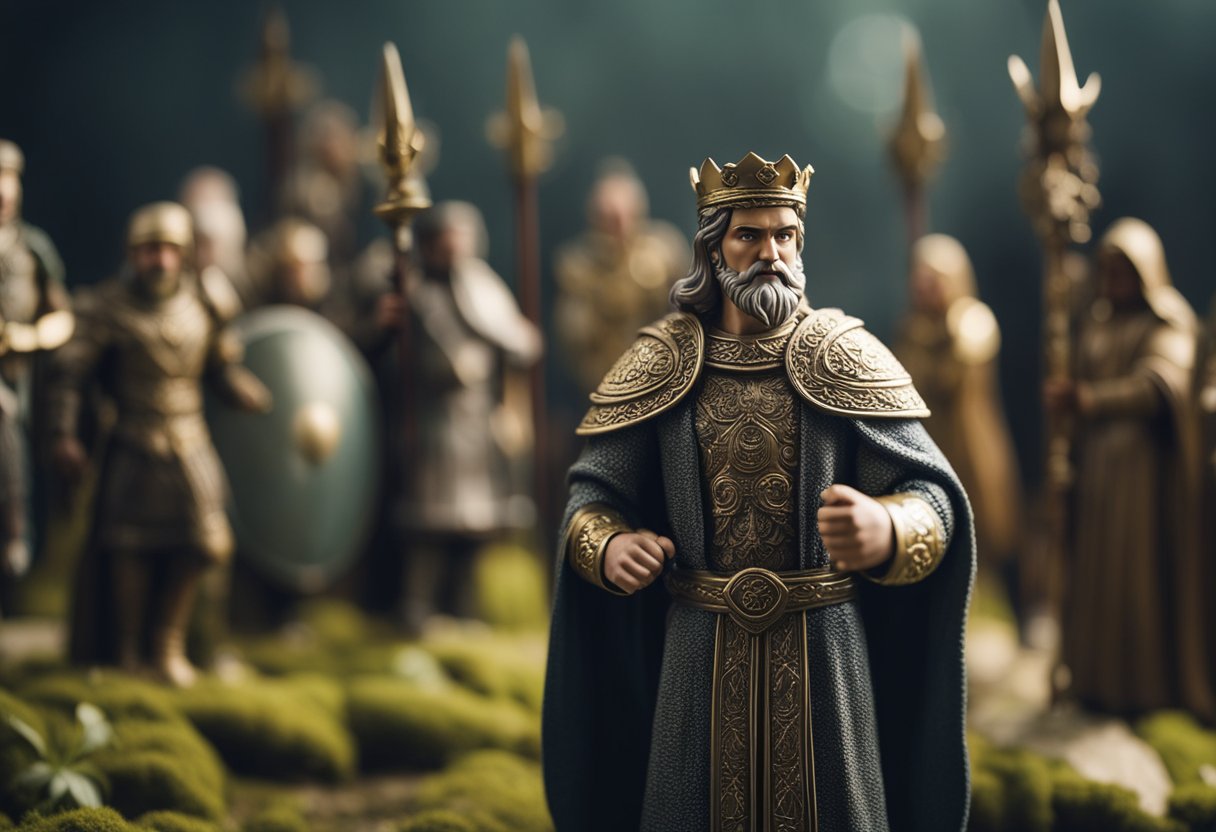
Irish mythology and Christianity intersect in a complex tapestry that has shaped the nation’s cultural and spiritual identity. The arrival of Christianity, particularly through the efforts of St. Patrick, did not result in the immediate dispossession of the ancient Celtic deities and heroes. Instead, a unique blend occurred where mythological figures were often Christianised to align with the new religious narrative.
- The Mythological Cycle, which includes the Tuatha Dé Danann, legendary beings considered deities, began to be viewed in Christian times as kings and heroes of a bygone age. This reimagining incorporated the old tales into a Christian framework, making them more palatable to the converted.
- St. Patrick himself became interwoven with mythological themes, such as in the legend where he banished snakes from Ireland, although it’s widely acknowledged that snakes never inhabited the island. This tale is often interpreted as a metaphor for his eradication of pagan beliefs.
- The process of syncretism—the blending of beliefs and practices from different religions—featured prominently in this era. We find numerous saints’ lives that contain echoes of older myths, suggesting the conversion to Christianity was a layering process, rather than a replacement of the old spiritual system.
Our understanding of Irish mythology is largely thanks to the efforts of early Christian monks who recorded these stories. Despite their intention to promote Christianity, they preserved a wealth of mythological lore in texts such as the Book of Invasions.
In conclusion, Irish mythology and Christianity are intertwined in such a way that they have become inseparable in understanding Ireland’s spiritual heritage. This melding illustrates the dynamic and reciprocal relationship between these two belief systems, showcasing our ability to adapt and integrate new ideas while honouring traditional narratives.
Cultural Symbols and Artifacts
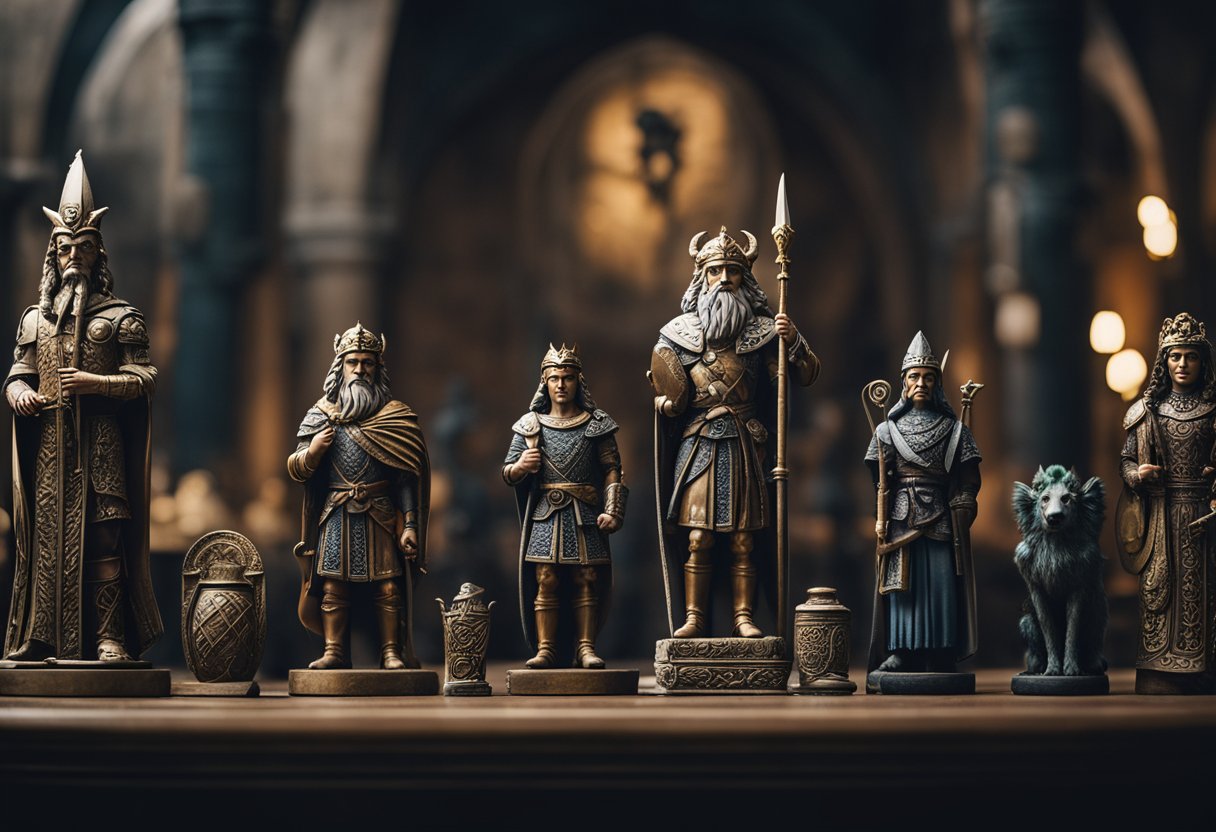
In Irish mythology, cultural symbols and artefacts are integral to the narratives of heroes and the portrayal of ancient Irish society. The items wielded by these figures and the spaces they inhabit are not mere background elements, but crucial aspects that define the very essence of the mythological tales.
Magic and Weapons
Ireland’s mythological tradition is replete with enchanted weapons and artefacts. For instance, the harp is closely associated with Aengus, the god of love and youth. The harp, a revered symbol of music and artistry, has the power to call forth seasons and exert influence over human emotions.
One of the most formidable magical weapons in Irish lore is the spear of Lugh, wielded by the eponymous deity, renowned for his mastery in battle. This spear was said to be unstoppable and would burst into flames when used by its owner. Similarly, heroes like Cú Chulainn are famed for their legendary weapons, like the Gáe Bolga, which require extraordinary skill and bravery to wield.
Sacred Spaces
The Celts viewed the natural world as imbued with spirituality, and certain landscapes were considered sacred spaces. The Cailleach, embodying the forces of winter and wilderness, is said to have crafted much of the land through her transformative powers, shaping mountains and valleys.
Pagan sites, such as the Hill of Tara, served as celestial observatories, political centres, and spiritual spaces with festivals like Beltane marking the cycles of fertility and harvest. These were places where the physical and supernatural worlds intertwined, and the presence of gods, like the giant-like figures known as the Tuatha Dé Danann, was palpable.
In sum, cultural symbols and artefacts in Irish mythology are as significant as the characters themselves, acting as vessels for the extraordinary powers these ancient tales describe. Whether it’s through the strumming of a harp or within the hallowed bounds of a sacred hill, these elements help us to understand the worldviews of a bygone era where magic breathed life into every object and site.
Folklore and the Oral Tradition
We cannot discuss Irish folklore without acknowledging the vital role of oral tradition. This ancient practice is the root from which the tree of Irish mythological heroes spreads its branches.
Fairy Folk and Otherworldly Beings
Our land is steeped in tales of the Aos Sí, the spirits of nature who dwell in the Otherworld. It is believed they live in mystical places such as sídhe mounds, which dot our emerald landscapes. Among these beings are the banshees, solitary spirits heralding death with their mournful wails, and leprechauns, the mischievous cobbler fairies guarding elusive pots of gold. The pooka, a creature of our folklore, often takes various forms, sometimes benign, sometimes menacing, while merrow, our mermaids and mermen, are the guardians of the deep, embodying the connection between us and the sea.
Legendary Storytelling
In every corner of our isle, storytelling has been the golden thread in the tapestry of our oral tradition. Famous tales passed down through generations by word of mouth include the legendary exploits of warriors and the ethereal interactions with the fairy folk. The artistry found in our Irish folklore is not merely for entertainment but serves as a repository of cultural wisdom and societal values. These stories convey the bravery, tragedy, and adventure that are as integral to the Irish identity as the very soil we walk upon.
The Legacy of Irish Myth in Modern Culture
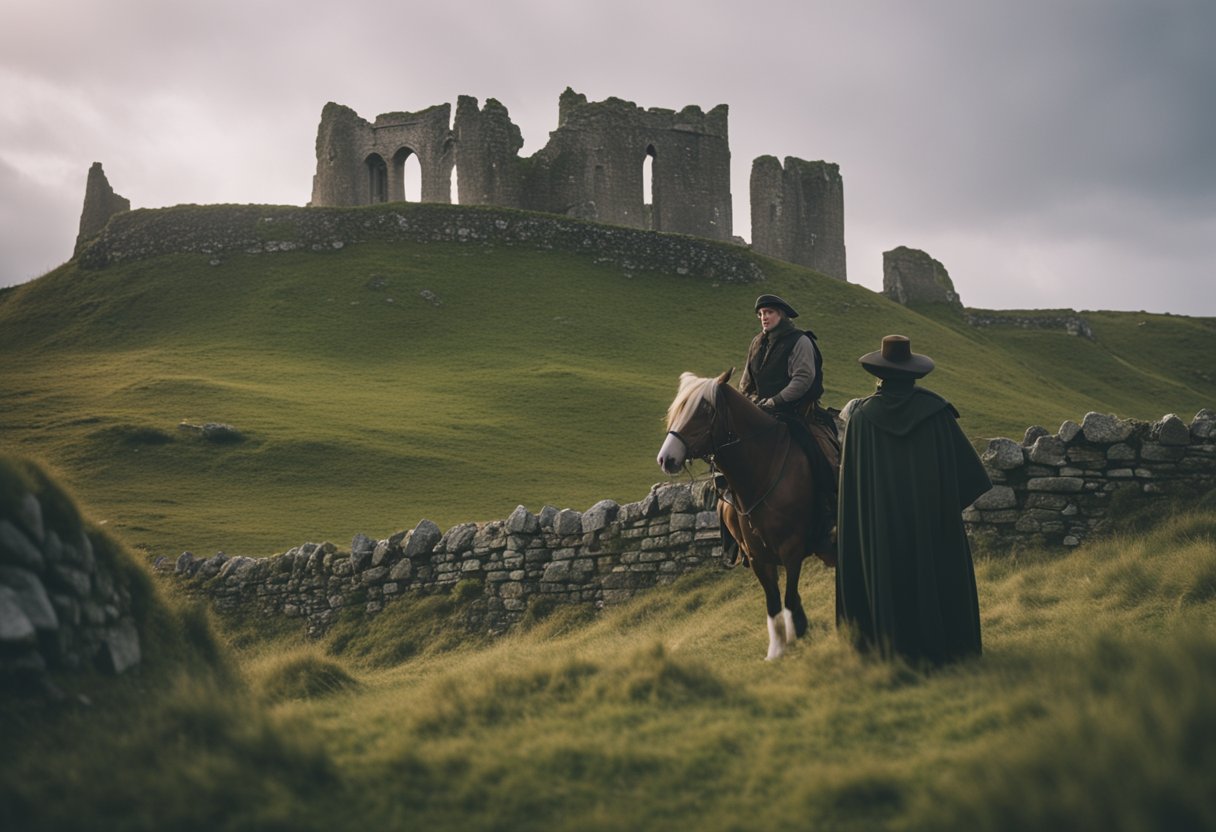
Irish mythology, with its wealth of tales and characters, has left a lasting mark on modern culture. Our fascination with the exploits of heroes like Cú Chulainn and Fionn mac Cumhaill has transcended the boundaries of Celtic mythology, inspiring various forms of storytelling in contemporary times.
The myths and legends of Ireland have been particularly influential in the realm of fantasy literature. Charismatic and complex characters from The Ulster Cycle and The Fianna Cycle have been reimagined in novels, attracting a new generation of readers. Modern authors draw on the rich Celtic lore to create their own universes of magic and heroism.
| Cycle | Highlighted Works |
|---|---|
| Ulster | Táin Bó Cúailnge |
| Fianna | Acallam na Senórach |
Irish myths also make frequent appearances in popular media through symbolism, motifs, and themes of the ancient tales. Films and television series often incorporate elements of these archaic stories, resonating with audiences who may not even realise the origin of the mythic references they’re seeing.
The influence extends beyond literature and the screen; contemporary storytelling in the form of video games and theatrical performances also feature narratives steeped in Irish legend. This perpetuates the tradition of transmitting these stories from generation to generation, albeit through digital or staged adaptations.
In music, the mystical elements of Irish folklore have inspired lyrics and melodies that tap into the perennial human connection with mythic heritage. It’s evident that Irish mythology has not just survived but thrived, intertwining itself with the fabric of our modern cultural expression.
Geography and Sites of Mythological Significance
Ireland’s landscape is steeped in mythological significance, with its ancient kingdoms and otherworldly locales deeply rooted in the narrative fabric of the country’s legends.
Ancient Kingdoms
The tales of Irish mythology are indelibly tied to specific regions that were once considered ancient kingdoms. Ériu, the matron goddess, lent her name to Ireland itself, presenting a land that echoes with stories of Celtic lore. Amongst the most prominent of these kingdoms is Connacht, associated with the fierce warrior queen Maeve, and Ulster, home to the legendary Cú Chulainn.
The Hill of Tara in County Meath was the seat of the High Kings of Ireland, where pivotal mythological events are said to have occurred. As we traverse the lush greenery of Ireland, the land itself whispers the narratives of Banba and Fódla, ancient goddesses who also contributed their names to the nation.
Otherworldly Locales
Tír na nÓg, the land of eternal youth and beauty, is one of the most enchanting and evocative otherworldly locales found in Irish mythology. Thought to lie beyond the realm of the living, this mythical paradise is intrinsically connected to the Irish concept of an afterlife, where heroes and gods reside in a state of perpetual bliss.
The tales often speak of heroes embarking on epic voyages to reach this mystical land, navigating both the tangible and metaphysical landscapes of Ireland. We come across sites like the Brú na Bóinne, believed to be a gateway to other realms. County Kerry’s Skellig Michael is another such place, a rocky outcrop that separates the mortal from the divine, hinting at its former spiritual significance as a monastic retreat.
The Survival and Revival of Irish Mythology
In our exploration of Irish mythology, we discover a robust tradition that has withstood the test of time. The survival and eventual resurgence of these tales provide a fascinating glimpse into Ireland’s cultural lineage.
Early Manuscripts and Translations
Ancient manuscripts are the cornerstones of Irish mythology, preserving the effervescent tales of heroes and otherworldly beings. The Book of Invasions, penned by 11th-century monks, is one such pivotal text. It chronicles the fabled origins of Ireland with mentions of the mystical Tuatha Dé Dannan, detailing their extraordinary abilities and their eventual transformation into the folklore of the land, including creatures like the leprechaun. These texts were later translated, bringing to the wider world the rich tapestry of Irish folk tales and cementing their place in cultural history.
Modern Retellings and Media
In present times, Irish mythology has experienced a renaissance through various forms of media. The narratives once etched on vellum now find new expressions in films, literature, and even video games. The essence of these legends, from valiant quests to the enchanting mischief of leprechauns, is captured and reimagined for contemporary audiences, ensuring that the enchantment of Ireland’s mythological heritage perseveres. Our tales have thus travelled beyond their origins, becoming threads woven into the fabric of global culture.
Frequently Asked Questions
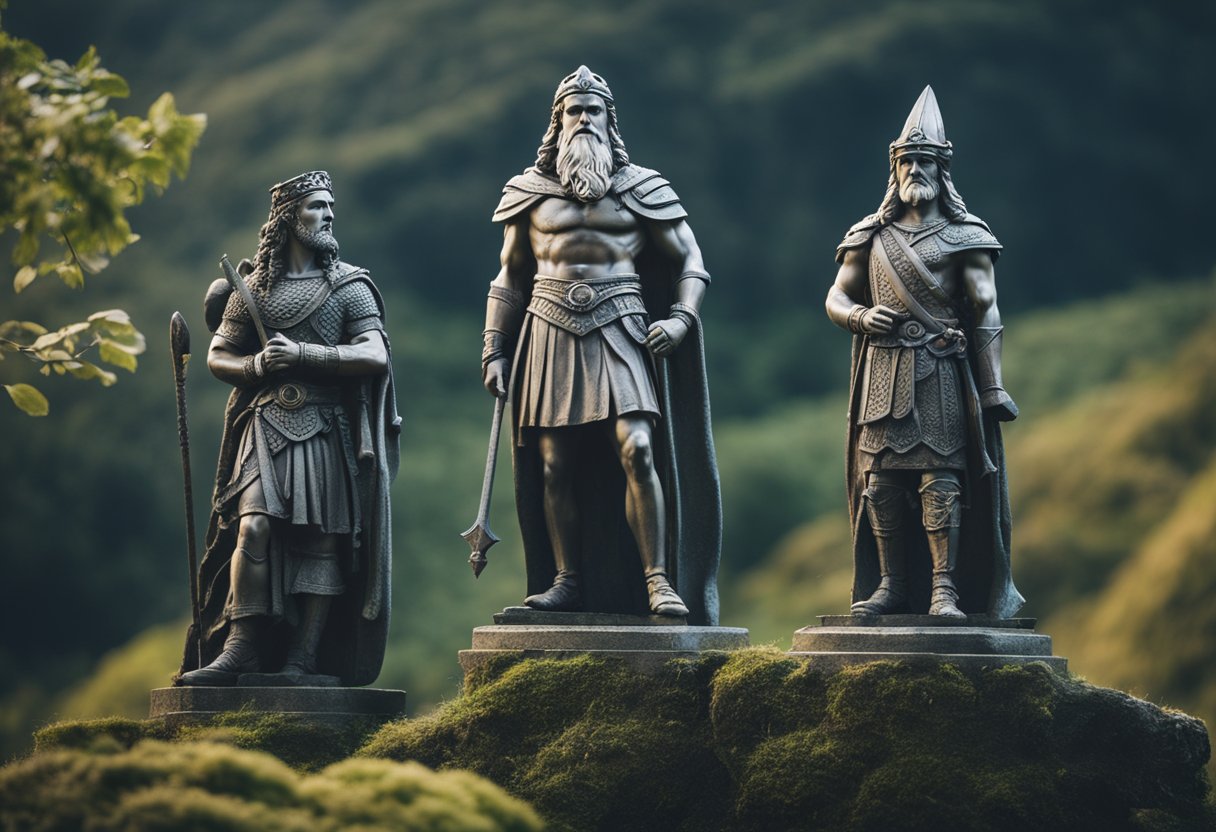
In this section, we address some common queries about the rich tapestry of Irish mythological history and its unforgettable characters.
Who is considered the most legendary hero in Irish mythological history?
Cú Chulainn stands as the most celebrated hero in Irish mythology, known for his superhuman abilities and heroic deeds as depicted in the Ulster Cycle.
Which tales are central to the legacy of Irish mythological heroes?
The Ulster Cycle and the Fenian Cycle are central, featuring accounts of heroes like Cú Chulainn and Fionn Mac Cumhaill who played pivotal roles in shaping the myths and legends of Ireland.
Can you name prominent female figures from Irish mythology?
Queen Medb of Connacht and the Morrígan, a complex figure associated with war and fate, are among the notable female characters in these ancient stories.
What distinguishable roles do tricksters play within Irish myths?
Tricksters, such as Lugh, serve as catalysts for action in many tales, using wit and guile to overcome obstacles and influence the course of events in the mythic narrative.
How do Irish mythological gods differ from their heroes?
The deities of Irish mythology, like the Tuatha Dé Danann, are often seen as otherworldly beings possessing magical powers, while heroes are typically mortal figures displaying extraordinary courage and skill.
What are some captivating stories involving creatures from Irish mythology?
Tales of the otherworldly Sidhe, benevolent and malevolent fairies, and the elusive leprechaun provide a fascinating glimpse into the supernatural aspect of Irish folklore.


